This weekend we visited teamLab’s ‘Future World’ exhibition at the ArtScience Museum. We were kindly guided by Takasu, a member of teamLab.
The ‘blackbox’ exhibition space has a linear structure; we walk through and view the different works in a planned sequence, starting from the floral room and ending at Crystal Universe. The exhibition almost mirrors an entire universe as visitors navigate through various environments (garden, city, ocean, space).
The floral room (comprising three works, ‘Flowers and People, Cannot be Controlled but Live Together’, ‘Ever Blossoming Life II’ and ‘Flutter of Butterflies Beyond Borders’) engages our senses on multiple levels— sight, sound, smell, climate etc.— to create an immersive space. The projections react to our presence and vary with the current climate. This is a thoughtful feature as galleries often seek to create a sense of ‘timelessness’ which disconnects the space from the outside environment. However, the changing flora and fauna makes the work feel like an extension of the real world.

The digitally rendered Universe of Water Particles recalls East Asian landscape paintings. The massive cascading waterfall has a strong sense of gravity and vertical dynamism as the water particles flow down. Its large scale makes us feel small in comparison and aptly captures man’s humility before nature and the elements. I like how the work incorporates Eastern aesthetics and retells classical subject matter like landscape painting.
Many of the works employ soundscapes to intensify our experience of the environment. In 100 Years Sea, the soundscape becomes more solemn and severe as water levels rise, submerging the islands. Similarly in Crystal Universe, sound is used to emphasise the movement of the lights as they rise and fall to form constellations. It also uses mirrors and repetition to mimic the effect of infinite space, lending an impactful ending to the exhibition.
Future World does not explicitly deal with divisive issues commonly discussed in contemporary art such as politics, gender or race. Instead, it highlights the importance of play through relatable topics which are common to everyone such as our way of living, transportation, nature and collaboration. Perhaps in our increasingly tense and divided world, we need some collaborative ludic play to let our opinions and intellects take a step back and let our senses come forward. The works are easy to appreciate, if not for the ideas and concepts they embody, then at least for their beauty as a visual spectacle. Spectacle isn’t a bad thing. TeamLab aims to make people happy and I think they succeed in doing so.
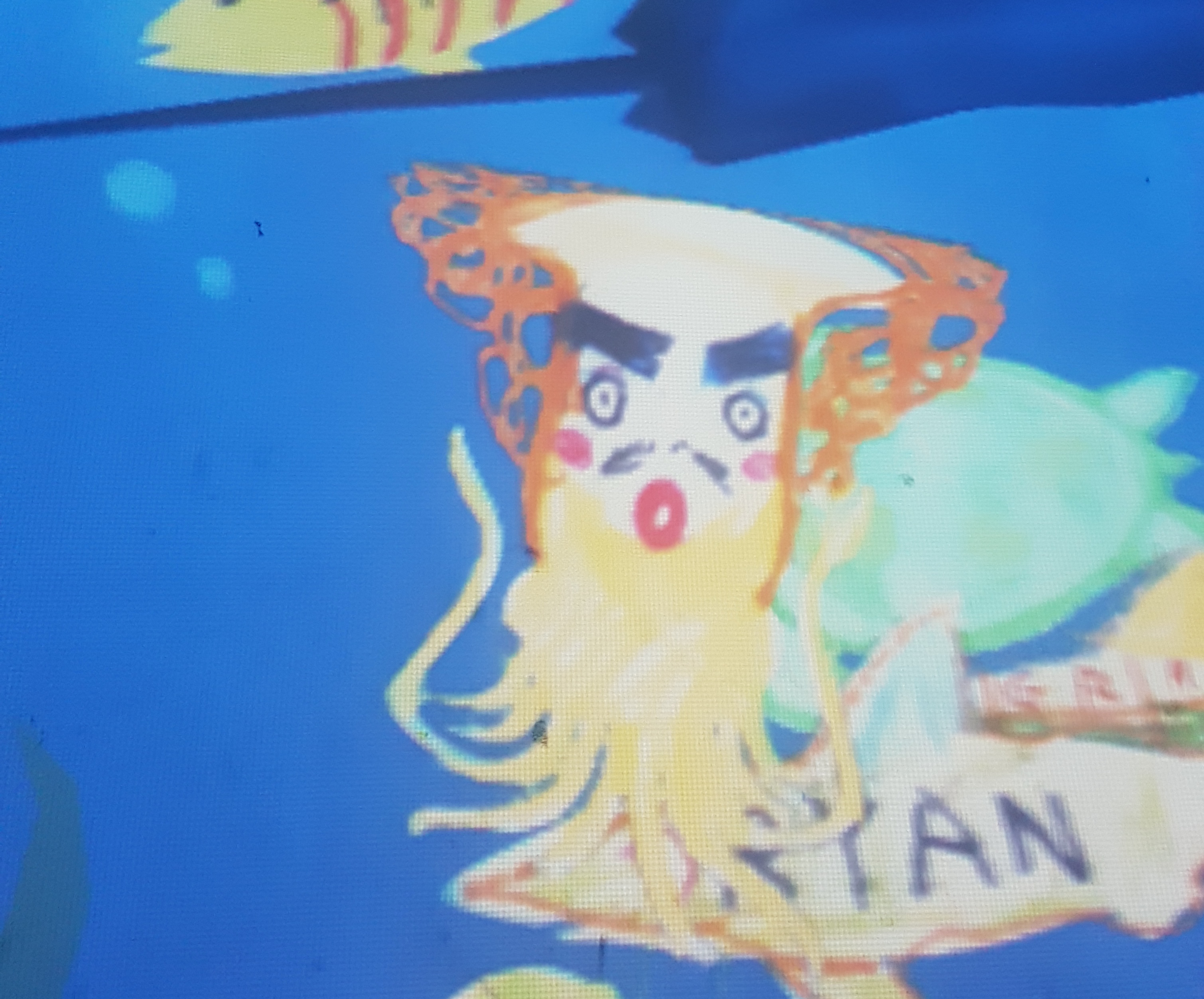



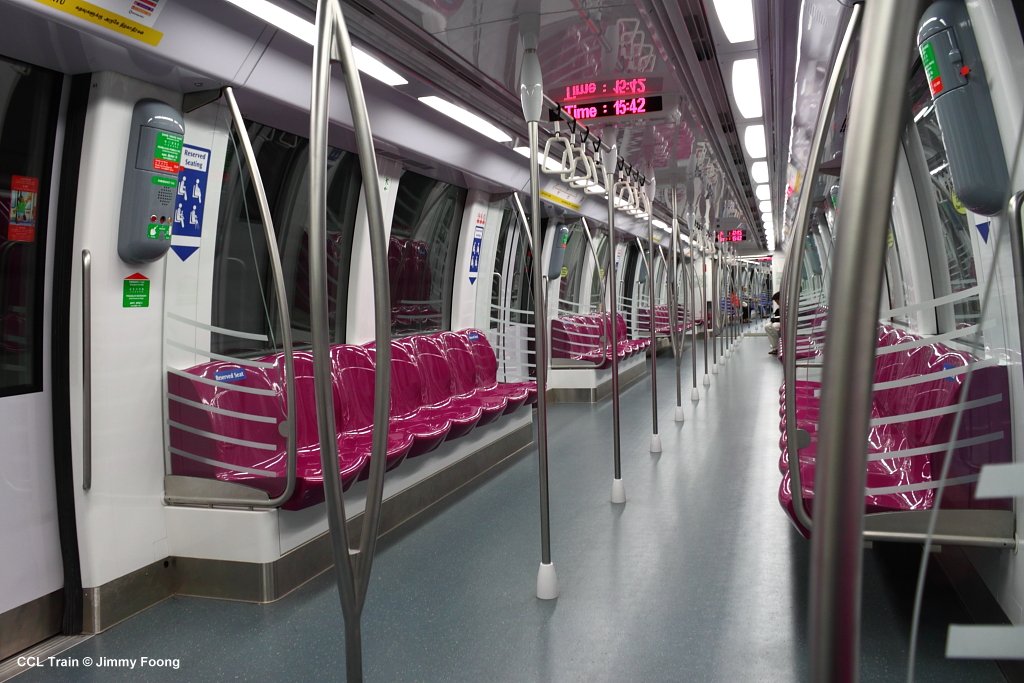




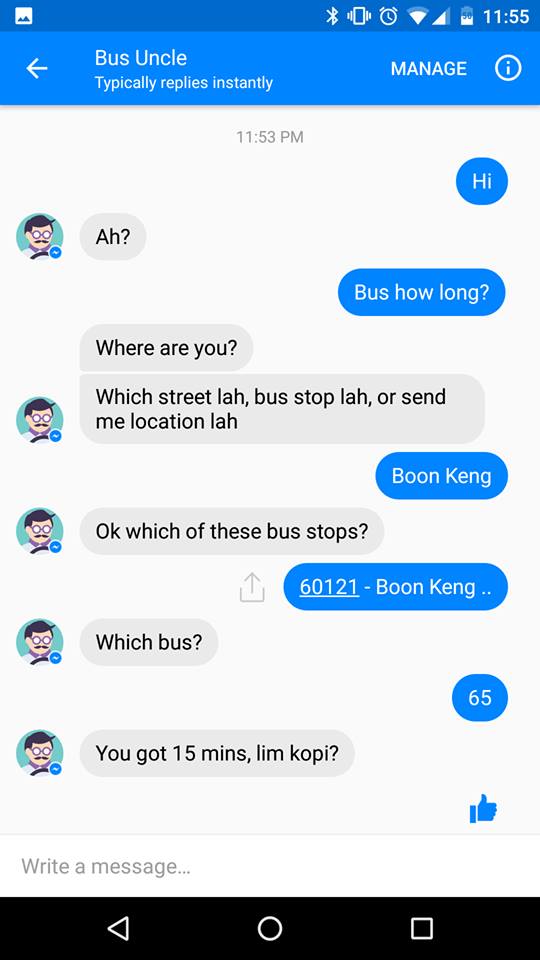






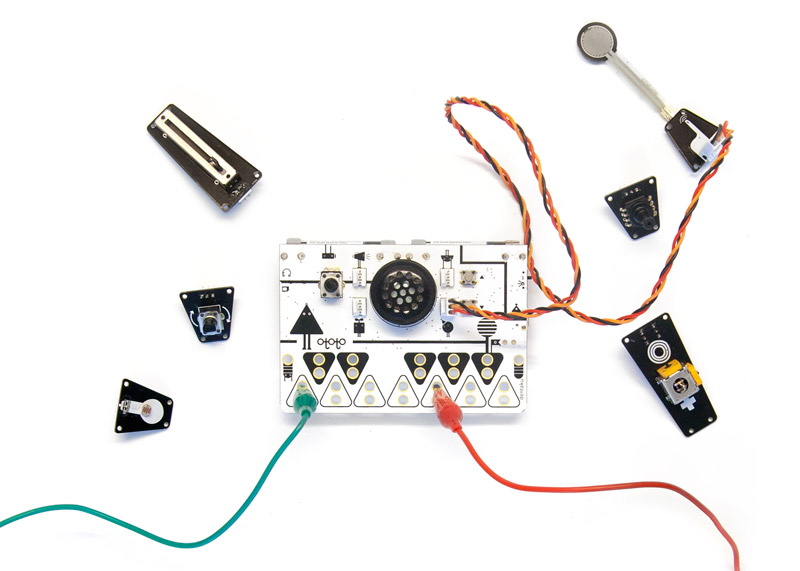

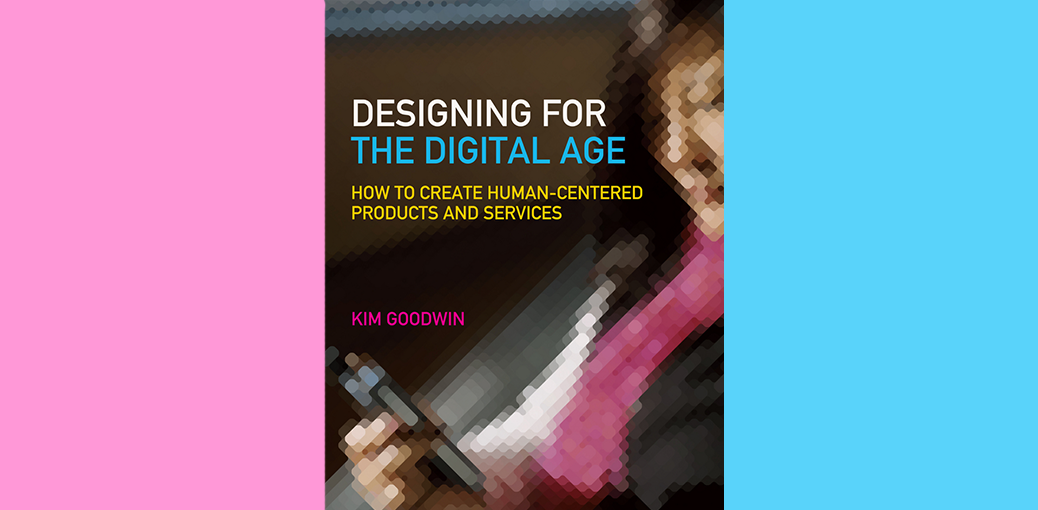
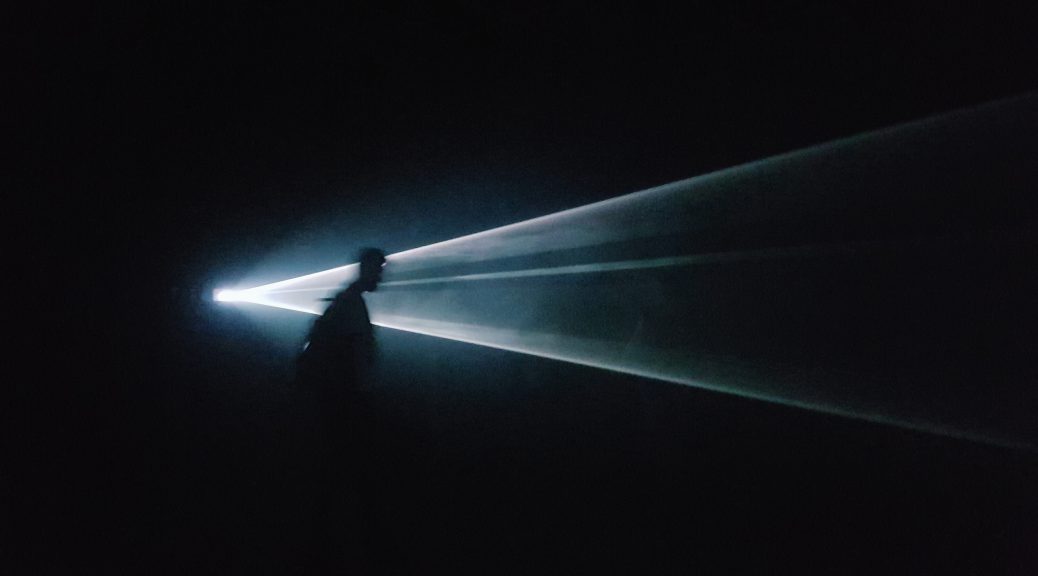
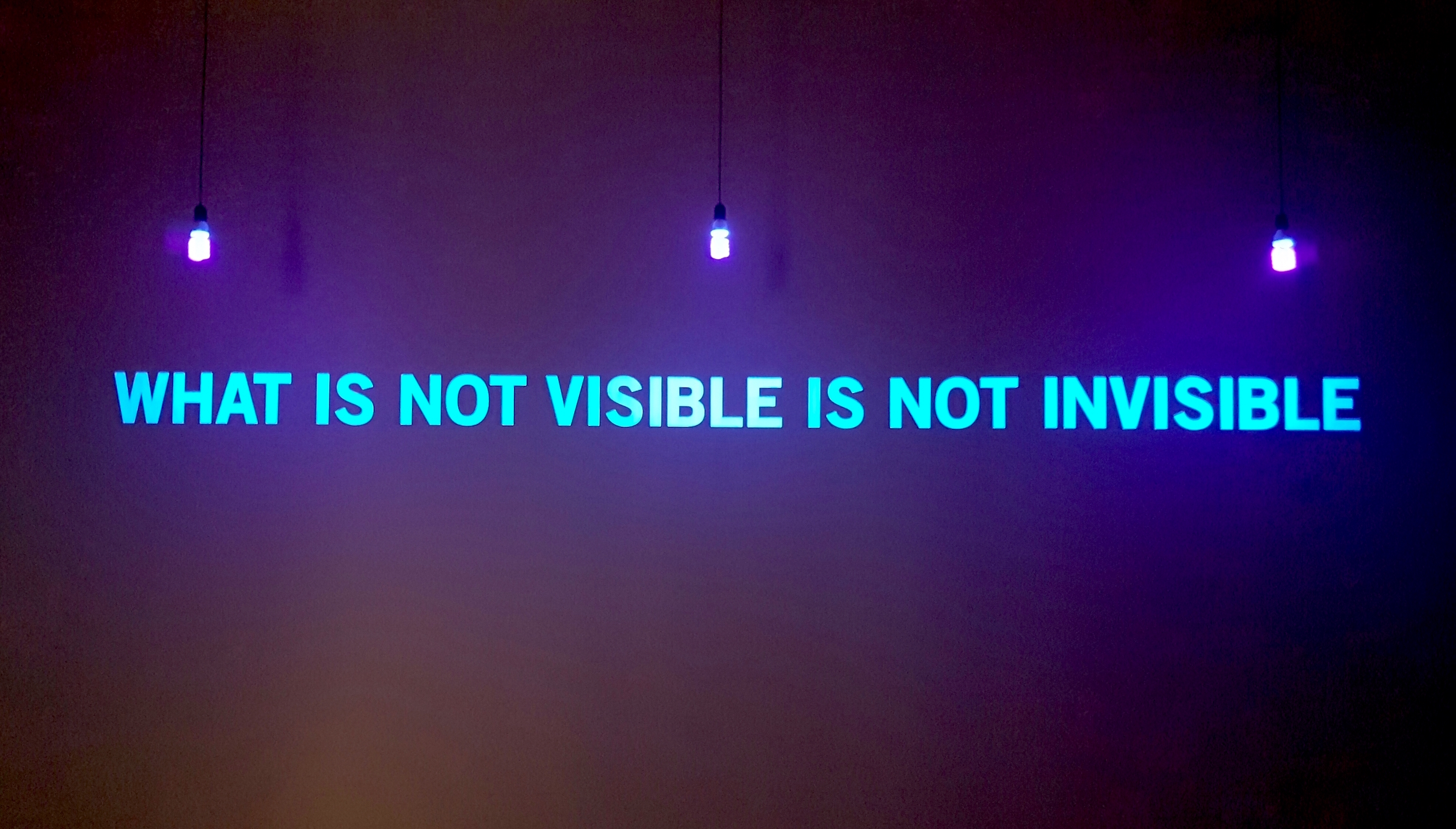
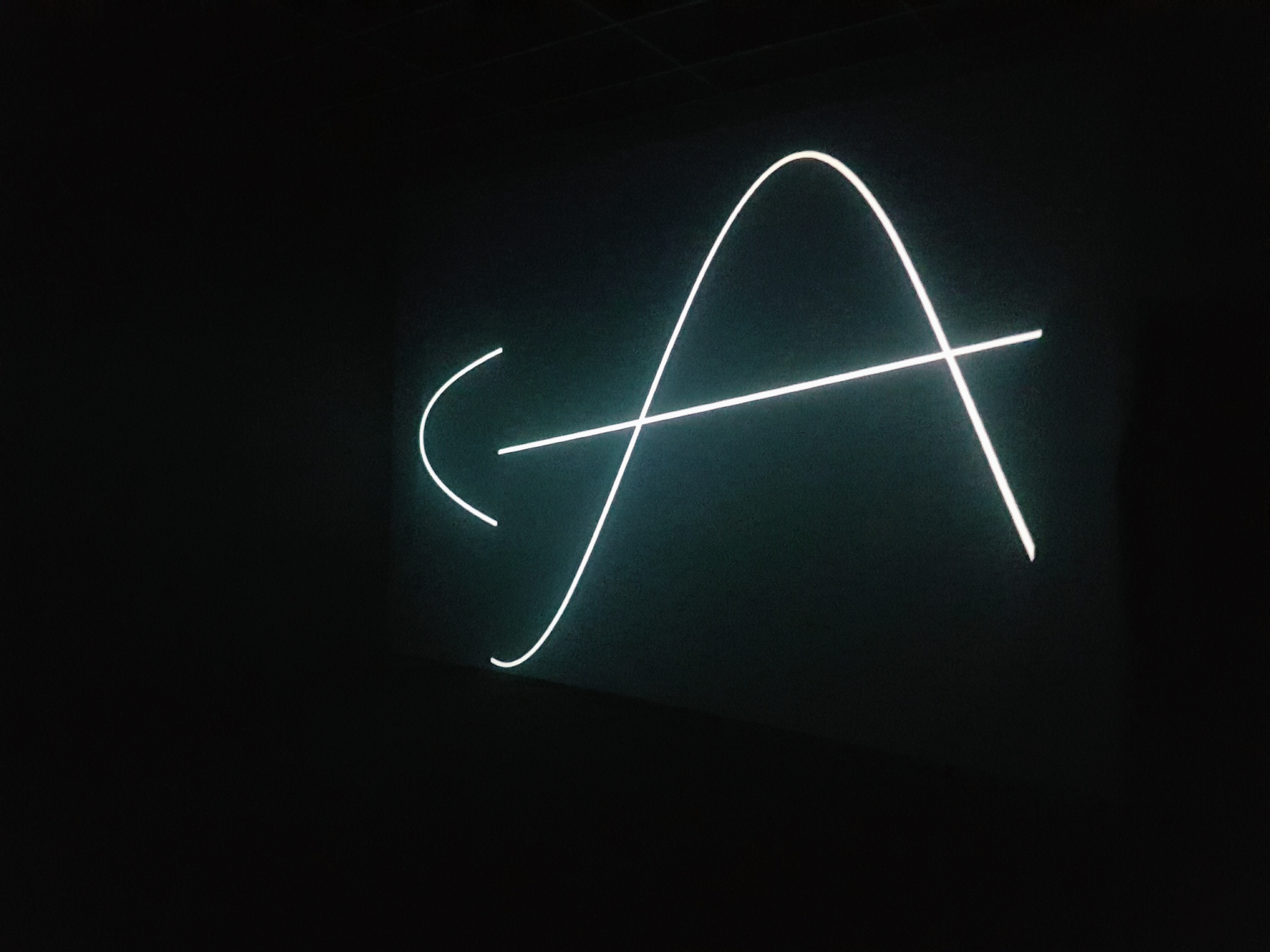
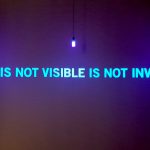
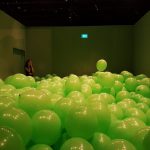

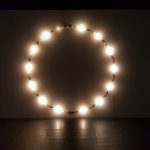
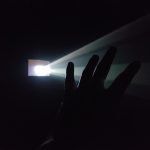
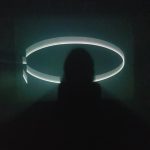


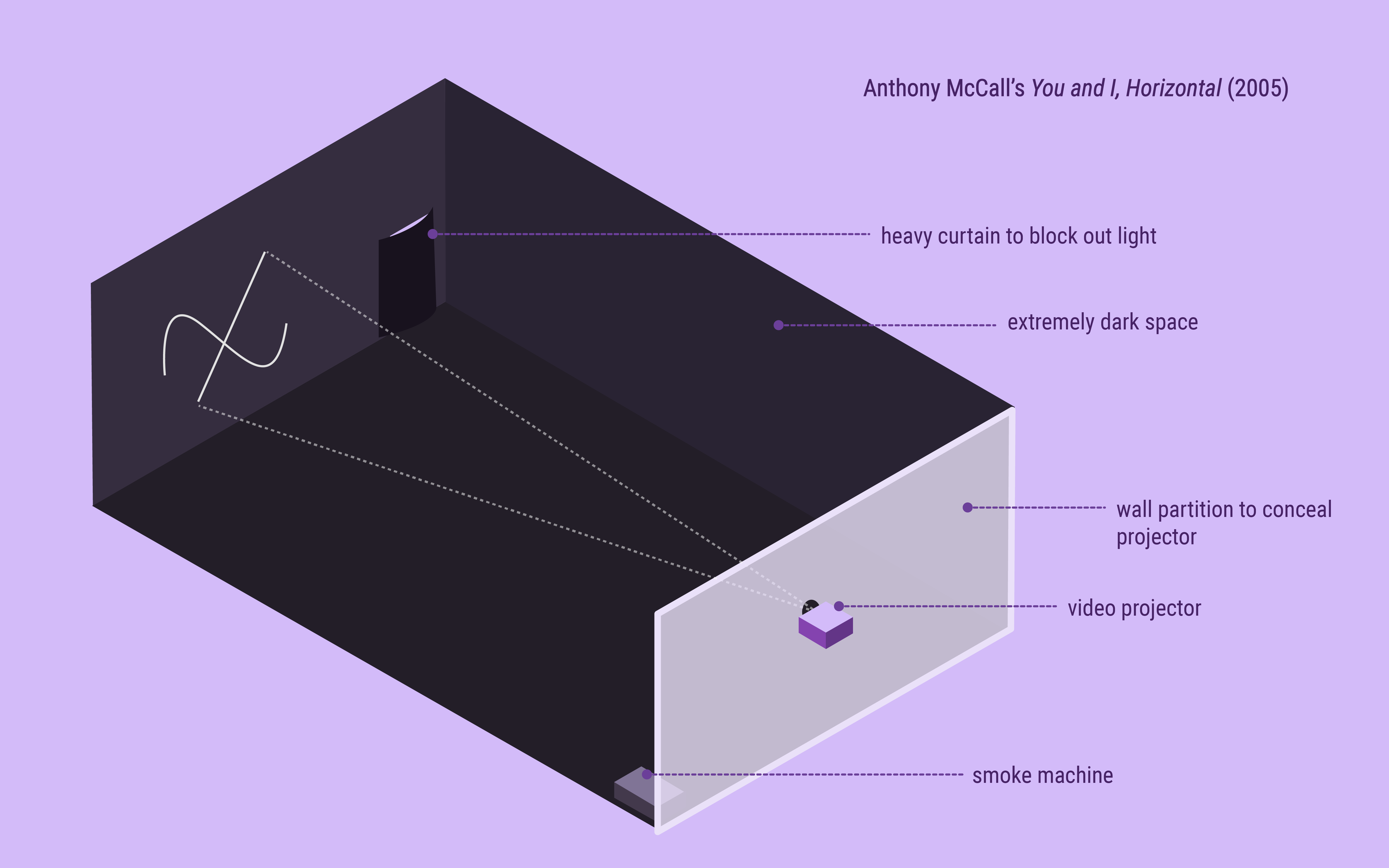
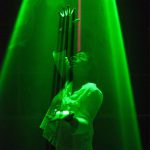
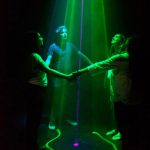
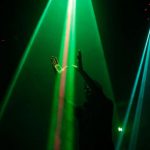
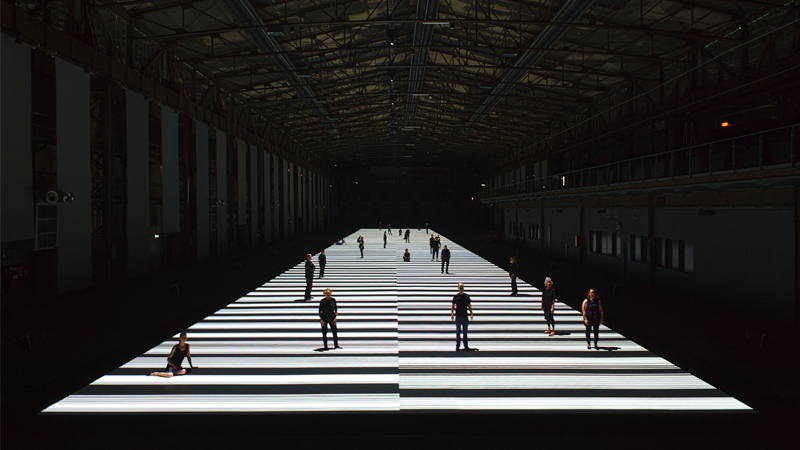
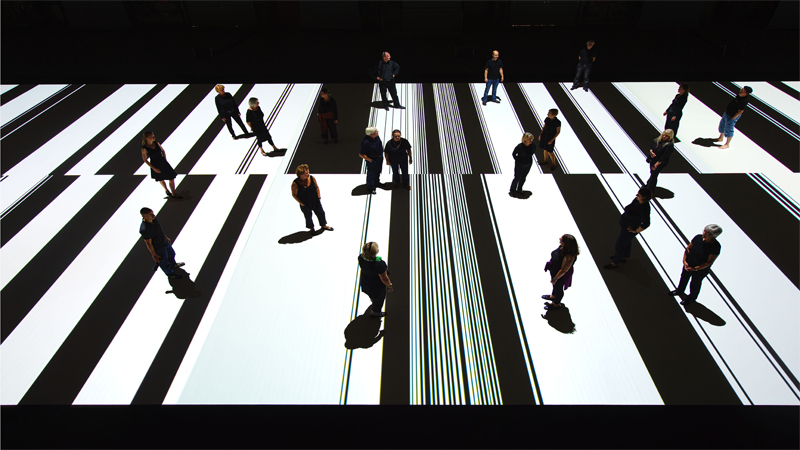
20/20 Tunnel Vision is a media art intervention installed in underground train tunnels. It aims to enrich our daily commute with public art while giving passengers a real-time report of the environmental conditions above ground. Instead of the usual vague darkness, commuters on the underground Circle and Downtown lines will see simple graphic animations outside the carriage windows.